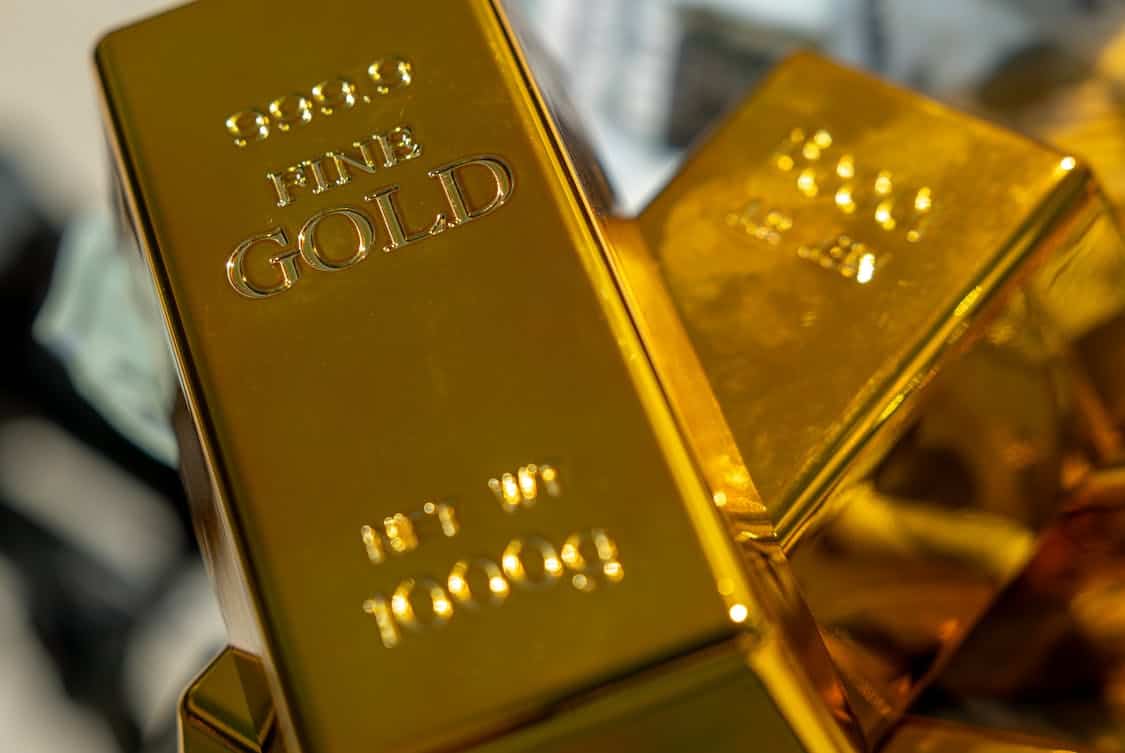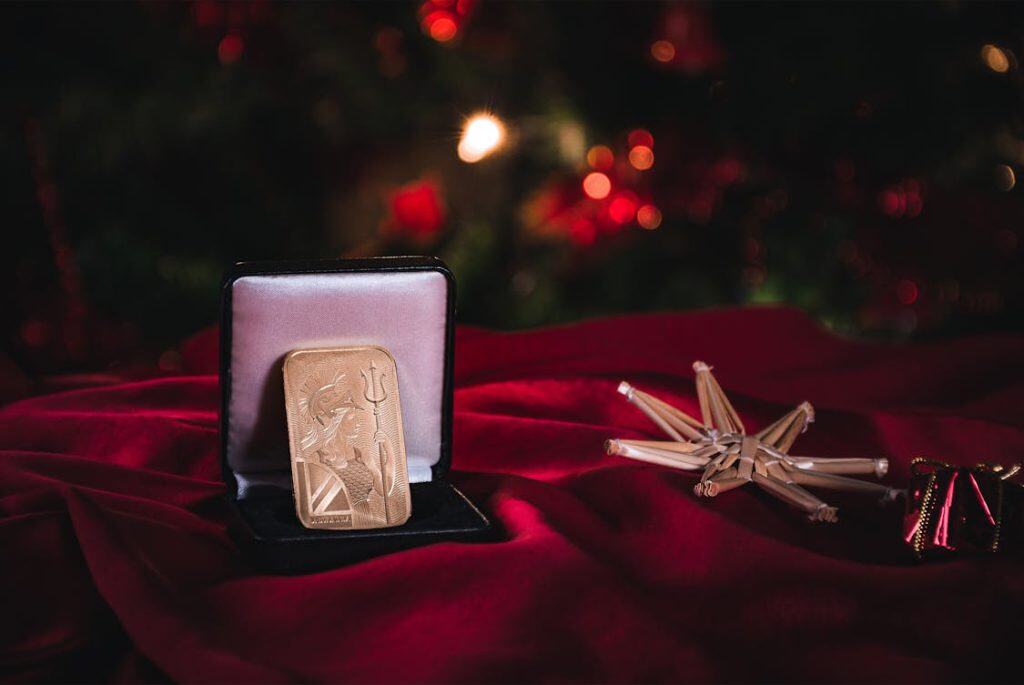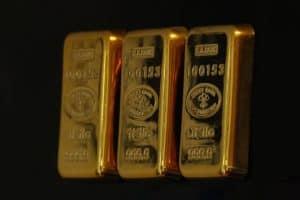Investing in physical precious metals can be an exciting yet daunting venture for newcomers. Understanding the basics can pave the way for informed decisions and a rewarding experience. This article serves as a beginner’s guide, exploring key aspects of buying precious metals.
Understanding Precious Metals
Precious metals, including gold, silver, platinum, and palladium, have intrinsic value. Unlike currency, their worth is derived from their rarity and demand.
Historically, these metals have served as a hedge against inflation and a store of value. As such, they have remained a staple in investment portfolios around the globe.
Why Invest in Precious Metals?
Investors seek out precious metals for various reasons. First, they offer a tangible asset that can be stored and safeguarded. This is particularly appealing during economic uncertainty.
Second, precious metals can diversify an investment portfolio. By including physical assets, one can balance potential risks associated with stocks and bonds.
Types of Precious Metals
Each precious metal comes with its unique characteristics and benefits. Understanding these can help you make a choice aligned with your investment goals.
Gold
Gold is often viewed as the cornerstone of precious metal investment. Its historical significance as a currency makes it highly sought after.
Gold coins, bars, and jewelry are common forms of ownership. It has long been associated with wealth and stability, often regarded as a safe haven during economic turbulence.
Silver
Silver tends to attract a different kind of investor. While it’s often less expensive than gold, it has industrial uses that impact its demand.
Silver can be purchased in various forms, including coins, rounds, and bars. Its volatility may appeal to those who are looking for more aggressive investment opportunities.
Platinum and Palladium
Platinum and palladium are less commonly discussed but are equally important. Both metals are used extensively in the automotive industry for catalytic converters.
Their rarity adds to their value, and they may become increasingly important as electric vehicles gain traction.
Market Trends
Staying informed about market trends can significantly impact your investment strategy. Prices fluctuate based on various factors, including economic conditions, political stability, and supply and demand dynamics.
Keeping an eye on relevant news can help you time your purchases wisely.
Economic Indicators
Economic indicators such as inflation rates, interest rates, and currency strength play a crucial role in precious metal pricing.
For instance, rising inflation typically drives investors toward gold and silver as a hedge. Understanding these indicators will allow you to better anticipate market movements.
Seasonal Trends
Precious metal prices can also exhibit seasonal patterns. For example, demand for gold often spikes during holidays and wedding seasons in certain cultures. Recognizing these trends can provide insights into the best times to buy or sell.
Where to Buy
The marketplace for precious metals is diverse, offering numerous avenues for purchase. Knowing where and how to buy can keep you from falling into common traps.
Dealers and Retailers
Reputable dealers and retailers are the most common sources for purchasing physical metals. Look for established companies with solid reviews.
Transparency in pricing and policies is essential. Always ask about the premiums over spot prices, as these can vary significantly.
To streamline your purchase and ensure you’re getting fair value, you might consider Money Metals, which is known for its transparent pricing and customer service.
Online Platforms
Online platforms have become increasingly popular for buying precious metals. While they offer convenience, it’s vital to do your research.
Ensure that the platform is reputable and offers secure payment options. Check for customer reviews and ratings before making a decision.
Assessing Quality
When buying precious metals, quality is paramount. Understanding how to assess the quality of your purchase will safeguard your investment.
Coin Grading
If buying coins, familiarize yourself with grading standards. Coins are often graded on a scale from one to seventy, with higher numbers indicating better condition. The grade can significantly impact resale value.
Purity and Weight

For bars and rounds, purity and weight are critical factors. Most precious metals are expressed in terms of fineness, indicating the percentage of metal present. For example, a 24-karat gold bar is considered pure gold, while an 18-karat bar contains 75% gold.
Storing Your Precious Metals
Once you’ve made your purchase, proper storage becomes essential. Keeping your metals safe is key to preserving their value.
Home Storage
Some investors choose to store their metals at home. If you go this route, consider a secure safe or a hidden compartment. Be mindful, however, that home storage can pose risks such as theft or fire damage.
Bank Safe Deposit Boxes
A bank safe deposit box is another storage option. It offers a higher level of security but comes with annual fees. Weigh the convenience against the cost when making your decision.
Selling Your Precious Metals
Understanding how to sell your precious metals is as important as knowing how to buy them. Knowing when and where to sell can maximize your returns.
Timing the Market
Just as buying requires market awareness, selling does too. Timing your sale based on market trends can yield better profits. Monitor prices and economic indicators to identify favorable selling conditions.
Finding Buyers
When it’s time to sell, consider various avenues. Local dealers may offer a quick sale, but online marketplaces might provide better rates. Always compare offers before making a final decision.
Avoiding Scams
The world of precious metals isn’t without its pitfalls. Being aware of common scams can help protect your investment.
Recognizing Red Flags
Be cautious of deals that seem too good to be true. Scammers often lure unsuspecting buyers with promises of unrealistically high returns. Always conduct thorough research and seek out trustworthy sources.
Verification
Before finalizing a purchase, verify the legitimacy of the dealer. Look for certifications or memberships in industry organizations. These credentials can add a layer of credibility.
Tax Implications
Investing in precious metals can have tax implications that should not be overlooked. Understanding these can prevent unexpected surprises down the road.
Capital Gains Tax
In many countries, selling precious metals can trigger capital gains tax. This tax is usually applied to the profit made from the sale. Knowing your local laws will help you plan your investment strategy accordingly.
Reporting Requirements
Some jurisdictions may require specific reporting when purchasing or selling precious metals. Familiarize yourself with these requirements to avoid legal issues.
Building a Portfolio
Investing in precious metals should fit into a broader financial strategy. Creating a balanced portfolio can help mitigate risks and enhance financial security.
Diversification
Consider precious metals as part of a diversified investment approach. Alongside stocks, bonds, and real estate, they can provide a safety net. This balanced strategy can help you weather financial storms.
Setting Goals
Establish clear investment goals before diving into precious metals. Whether you’re looking for long-term value or quick gains, knowing your objectives will guide your decisions. Taking the time to set these goals can help you stay focused and disciplined.




